A megalith is a large stone that has been used to construct a structure or monument, either alone or together with other stones. It has been used to describe buildings built by people from many parts of the world living in many different periods.
The construction of these structures took place mainly in the Neolithic period (though earlier Mesolithic examples are known) and continued into the Chalcolithic period and the Bronze Age.
There have been many megalithic structures discovered from ancient history. Let us see 10 of the most famous megalithic structures
Megalithic Temples of Malta
The Megalithic Temples of Malta are several prehistoric temples built during three distinct periods approximately between 3600 BC and 700 BC on the island country of Malta. They had been claimed as the oldest freestanding structures on Earth until the discovery of Göbekli Tepe.
The Ġgantija temples, Ħaġar Qim (in Qrendi), Mnajdra (in Qrendi), Ta’ Ħaġrat Temples (in Mġarr), Skorba Temples (in Żebbiegħ) and Tarxien Temples (in Tarxien) are some of the main temples.
Göbekli Tepe
Göbekli Tepe is in the Southeastern Anatolia Region of Turkey. The tell has a height of 15 m (49 ft) and is about 300 m (980 ft) in diameter. It is approximately 760 m (2,490 ft) above sea level. This is considered as the – the world’s oldest known megaliths dating back to the 10th–8th millennium BCE. More than 200 pillars in about 20 circles are currently known through geophysical surveys. It is believed to be of a social or ritual nature, however the details of the structure’s function remain a mystery.
Stonehenge
Stonehenge is a prehistoric monument in Wiltshire, England. Archaeologists believe it was constructed from 3000 BC to 2000 BC.Stonehenge could have been a burial ground from its earliest beginnings. Deposits containing human bone date from as early as 3000 BC, when the ditch and bank were first dug, and continued for at least another five hundred years
Newgrange
Newgrange located in County Meath, Ireland. It is an exceptionally grand passage tomb built during the Neolithic period, around 3200 BC, making it older than Stonehenge and the Egyptian pyramids. The site consists of a large circular mound with an inner stone passageway and chambers. Human bones and possible grave goods or votive offerings were found in these chambers.Many of the larger stones of Newgrange are covered in megalithic art. There is no agreement about what the site was used for, but it is believed that it had religious significance
Dolmen of Menga
Dolmen of Menga is a megalithic burial mound called a tumulus, a long barrow form of dolmen, dating from the 3750-3650 BCE approx. It is near Antequera, Málaga, Spain. It is one of the largest known ancient megalithic structures in Europe. A very rare singularity, in megalithic buildings, is the presence of a deep and narrow well in the bottom of the chamber. When the grave was opened and examined in the 19th century, archaeologists found the skeletons of several hundred people inside.
Rujm el-Hiri
Rujm el-Hiri in Israel is an ancient megalithic monument consisting of concentric circles of stone with a tumulus at center. The establishment of the site, and other nearby ancient settlements, is dated by archaeologists to the Early Bronze Age II period (3000–2700 BCE). Israeli archeologists theorize that the site was not a defensive position or a residential quarter but most likely a ritual center, possibly linked to the cult of the dead.
Dolmens of Marayoor
Dolmens of Marayoor Munnar is situated in Kerala, India. In the local language the dolmens are called ‘muniyara’ which means shelter of sadhus. Archaeological studies suggests that these structures dates back to the stone age. There is also a theory that these were actually tombs which were constructed thousands of years ago in the BC. Most of them are built using four slabs of rock, three for the sides and the third slab placed on top of these three as a roof.
Great Dolmen of Zambujeiro
Great Dolmen of Zambujeiro is a megalithic monument located in Portugal and is considered one of the biggest such structures in the Iberian Peninsula. Research has dated this dolmen structure was built between 4000-3000 B.C. Excavations unearthed slate tablets, necklaces, crosiers, copper objects, ceramics and carinated bowls.
Gunung Padang
Gunung Padang is a megalithic site located in Indonesia. n. It has been called the largest megalithic site in all of Southeastern Asia, and has produced carbon dating results back to 20,000 B.C. Wall-side construction of the terraces is similar to that of Machu Picchu in Peru. Theories also say that Gunung Padang was originally a natural volcano, however there is no certainty.
Castlerigg stone circle
The stone circle at Castlerigg is situated near Keswick in Cumbria, North West England. it was constructed as a part of a megalithic tradition that lasted from 3,300 to 900 BC, during the Late Neolithic and Early Bronze Ages. The stones are glacial erratic boulders composed of volcanic rock from the Borrowdale Volcanic Group.There is a tradition that it is impossible to count the number of stones within Castlerigg; every attempt will result in a different answer.


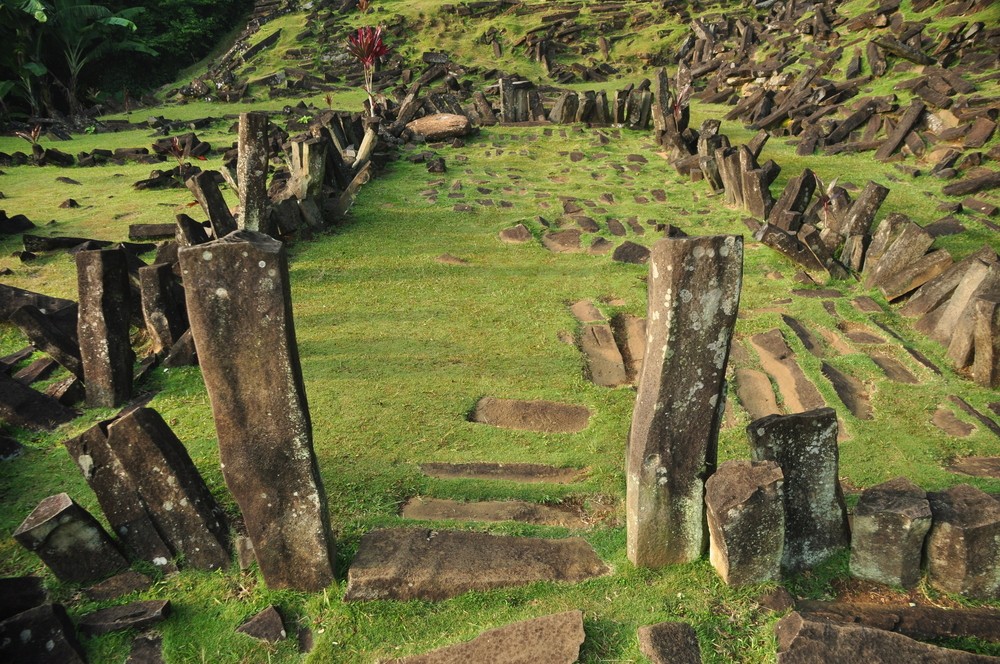
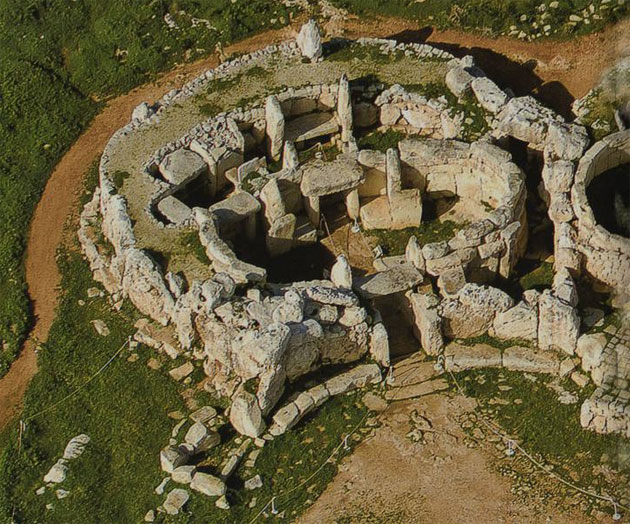
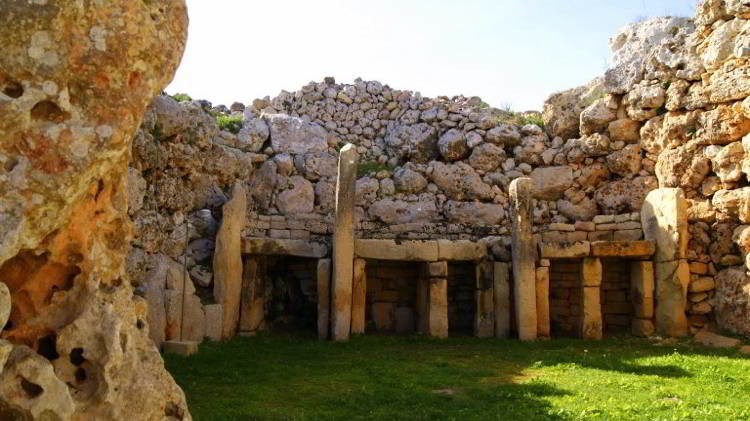

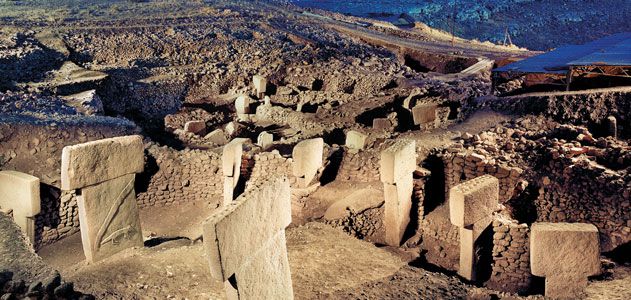
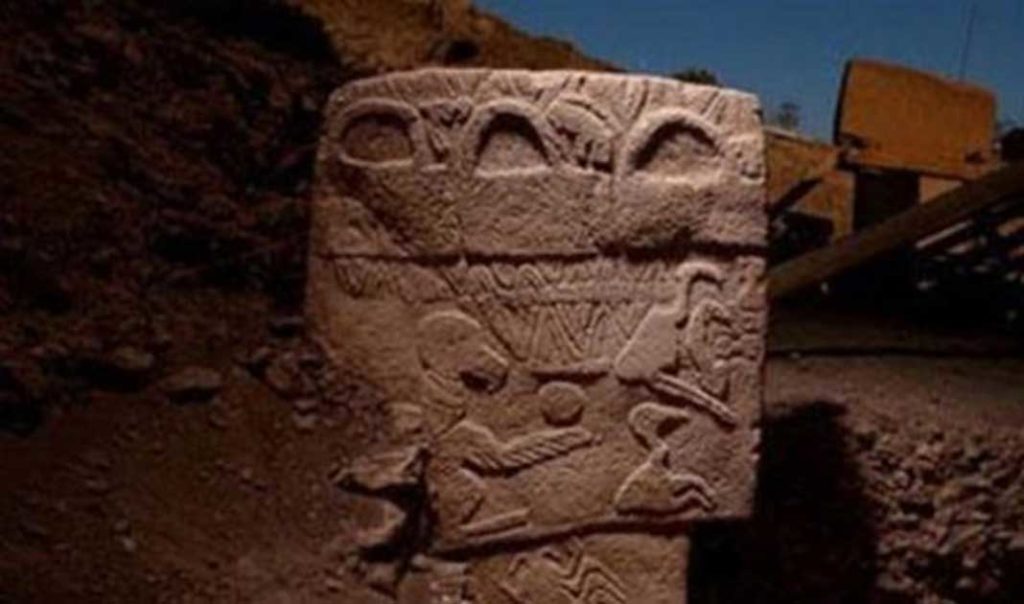
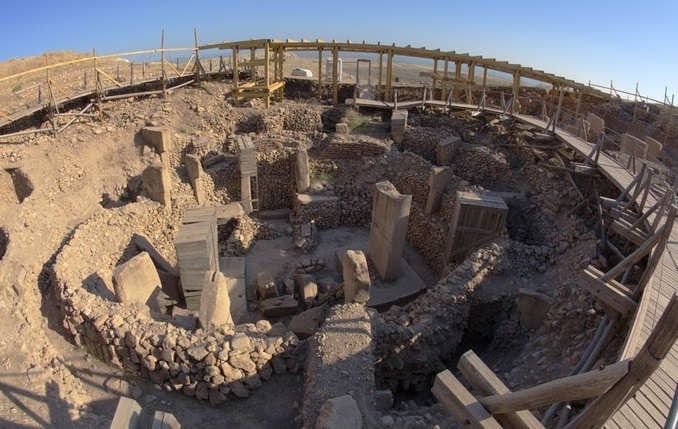
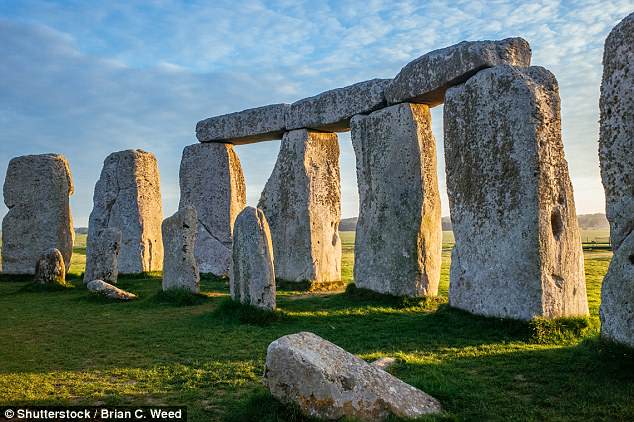
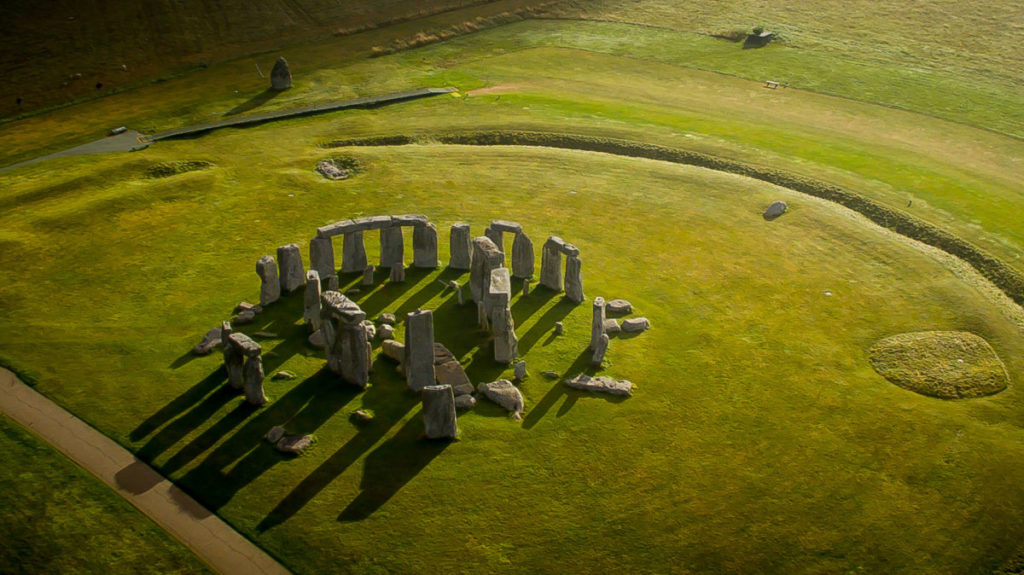
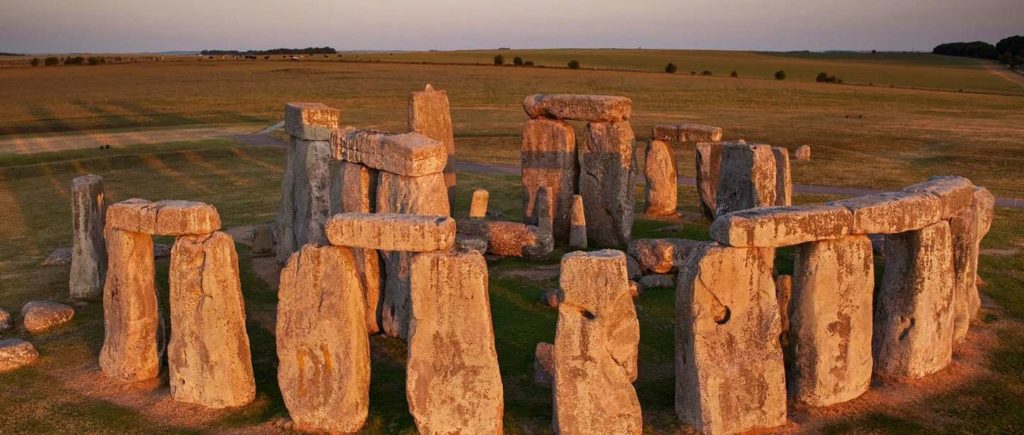
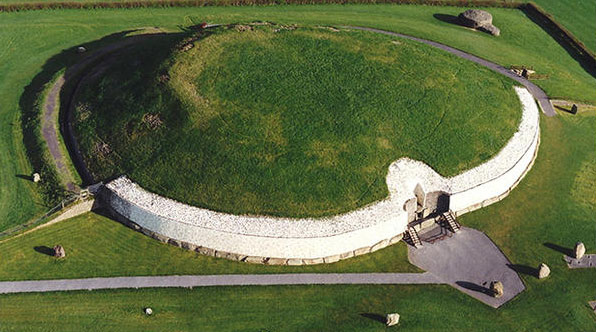

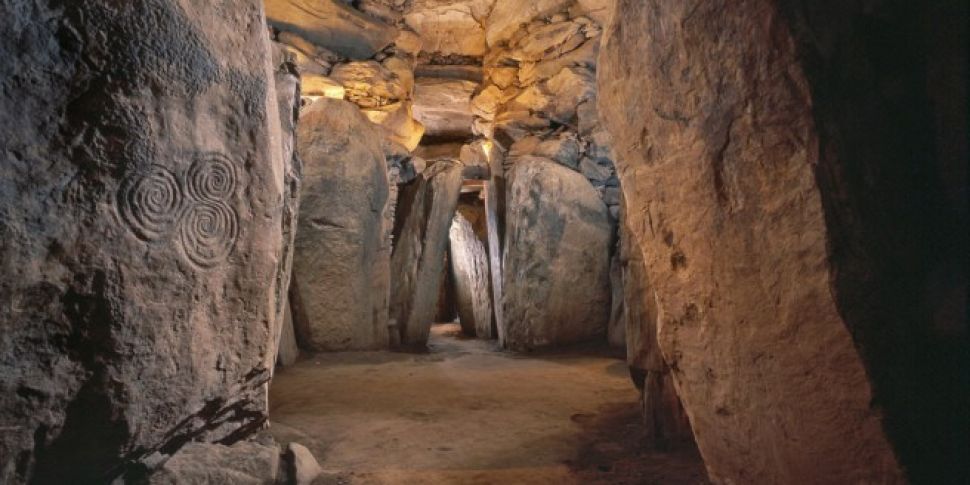
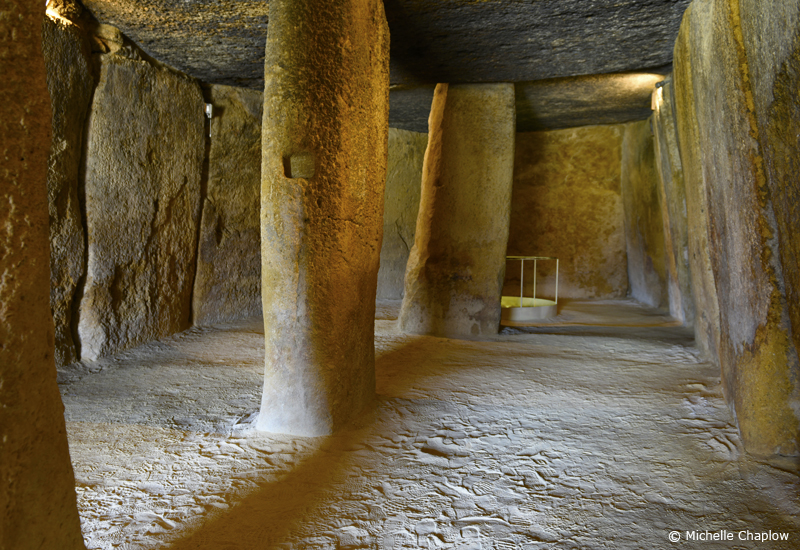
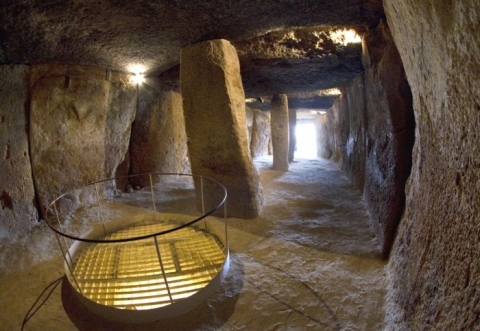

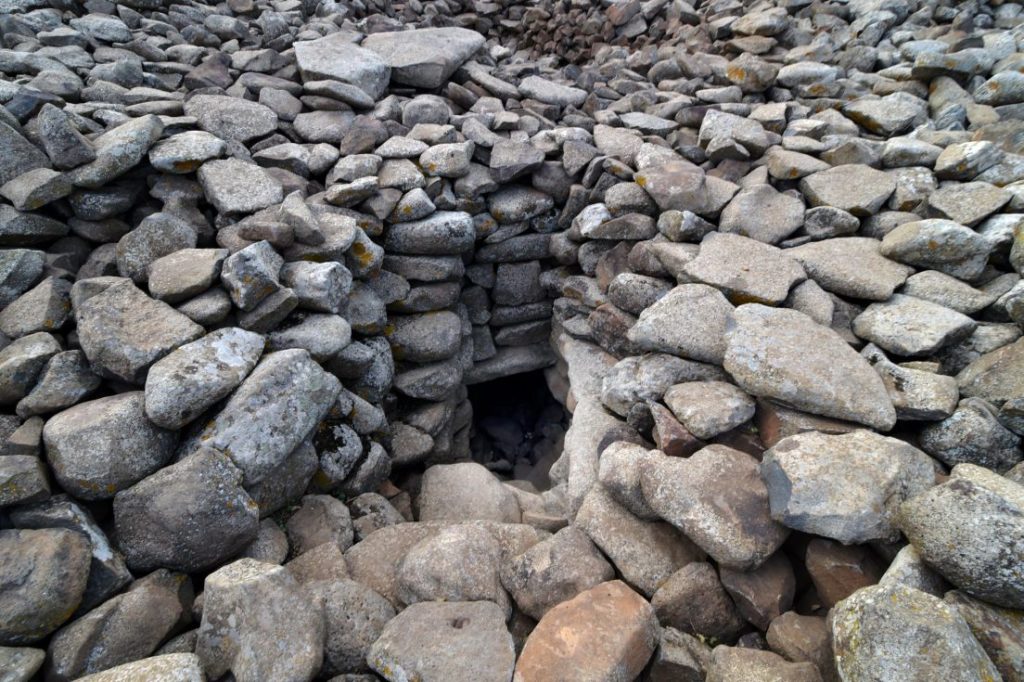
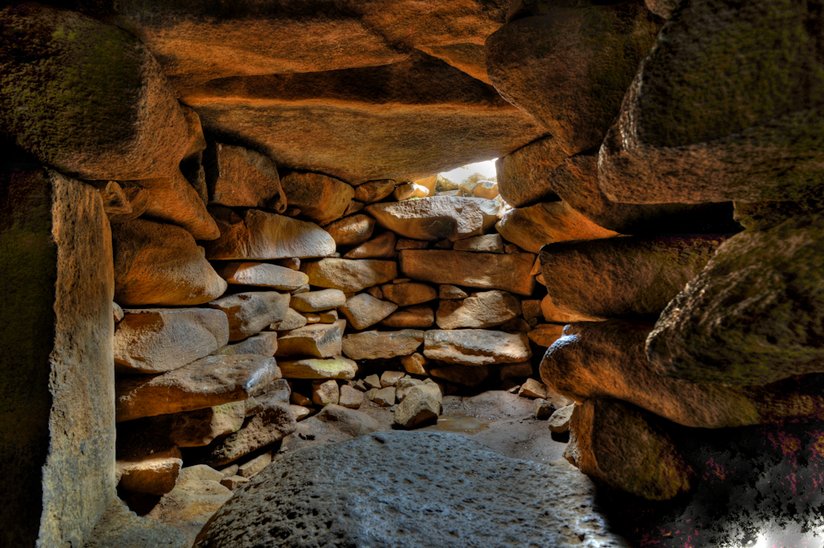
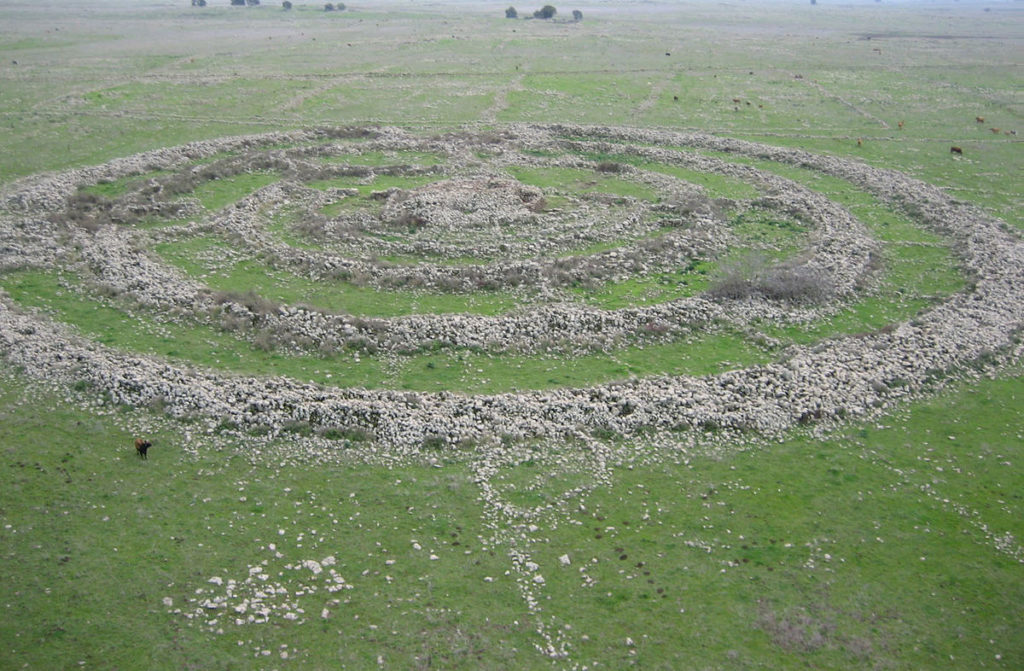
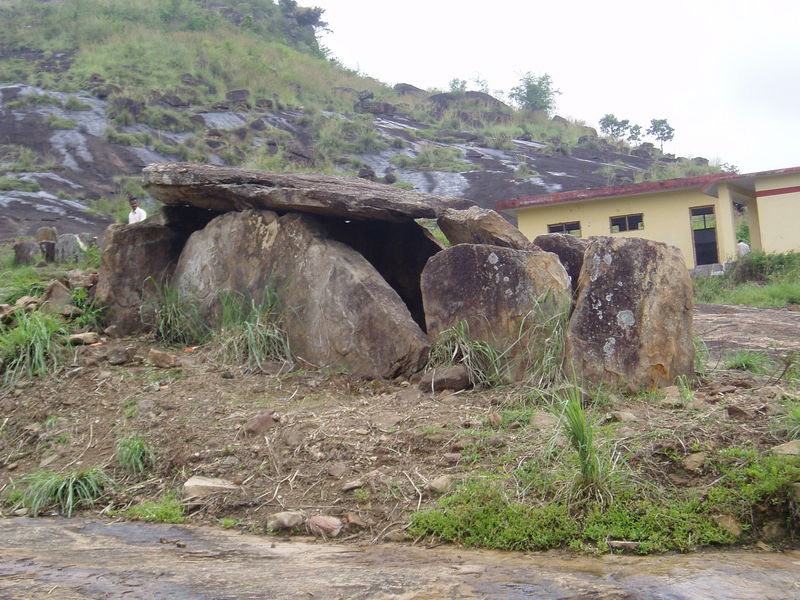
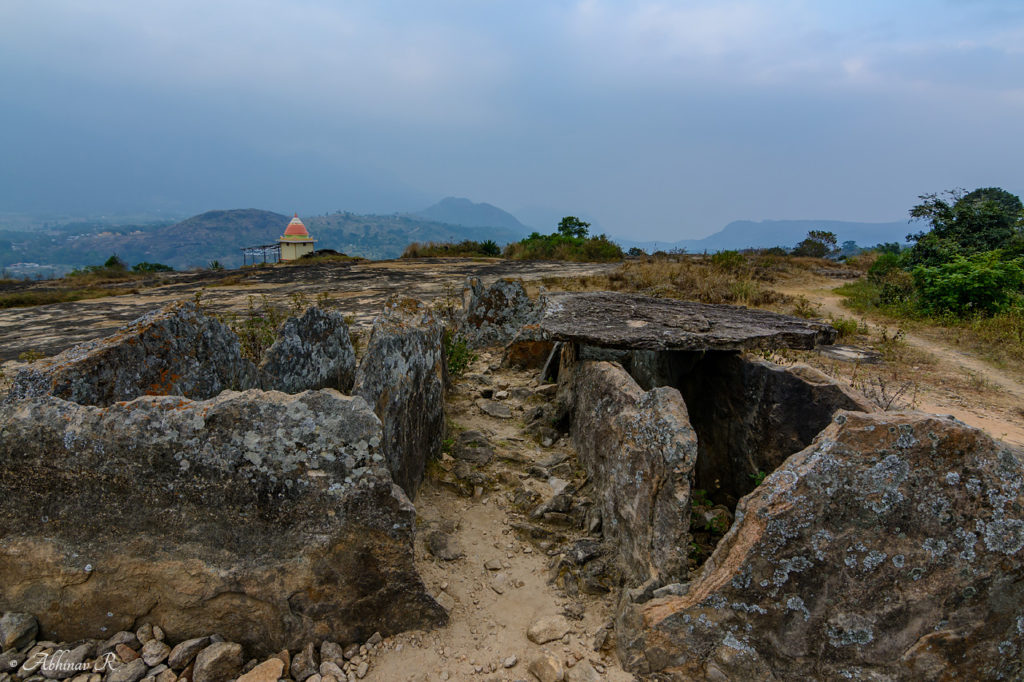
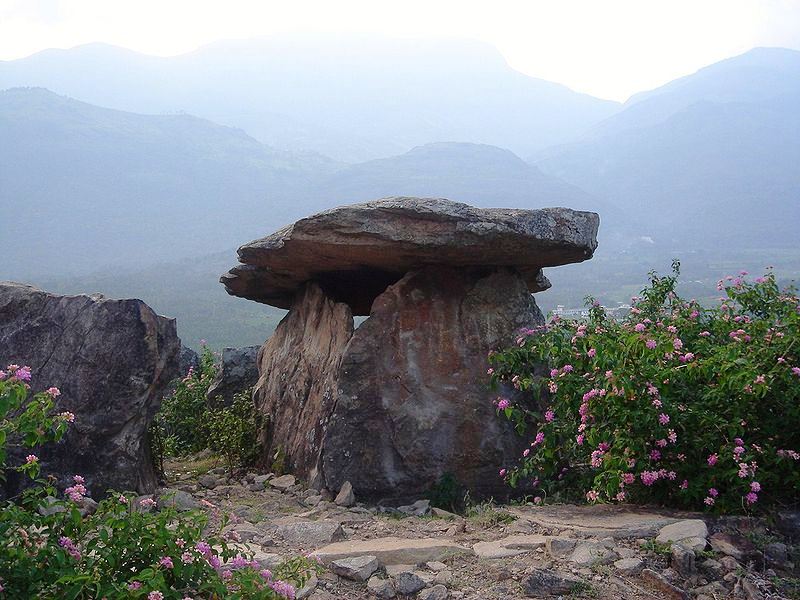

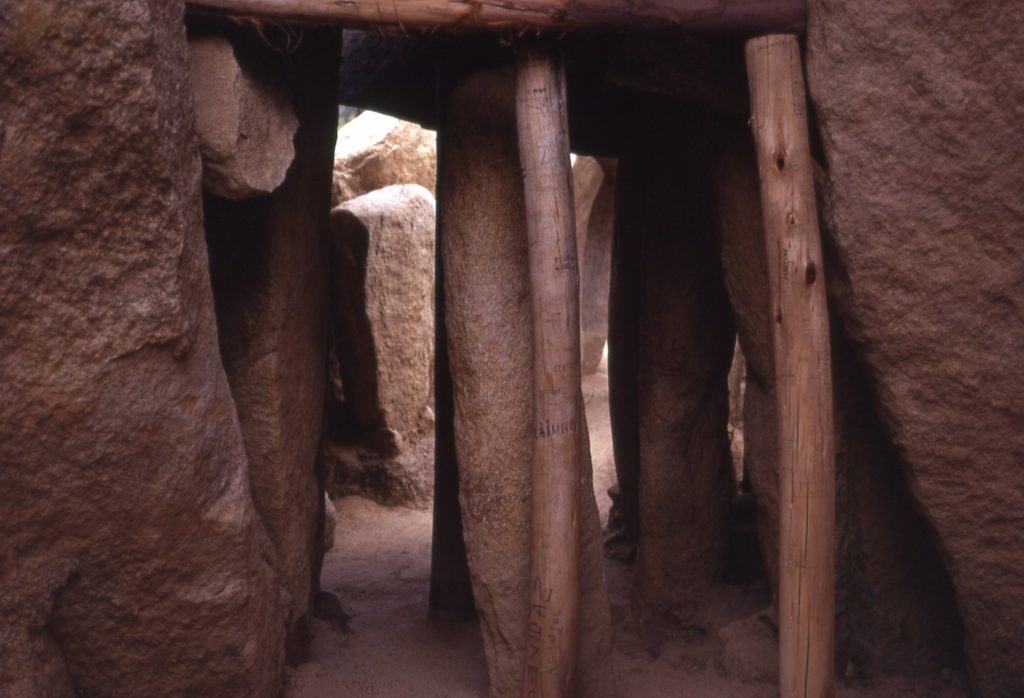
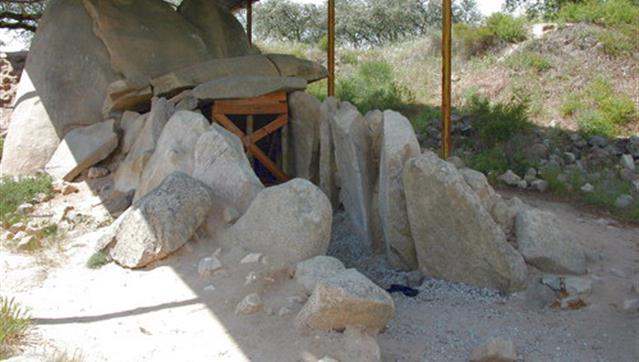
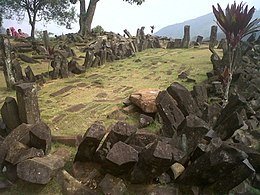
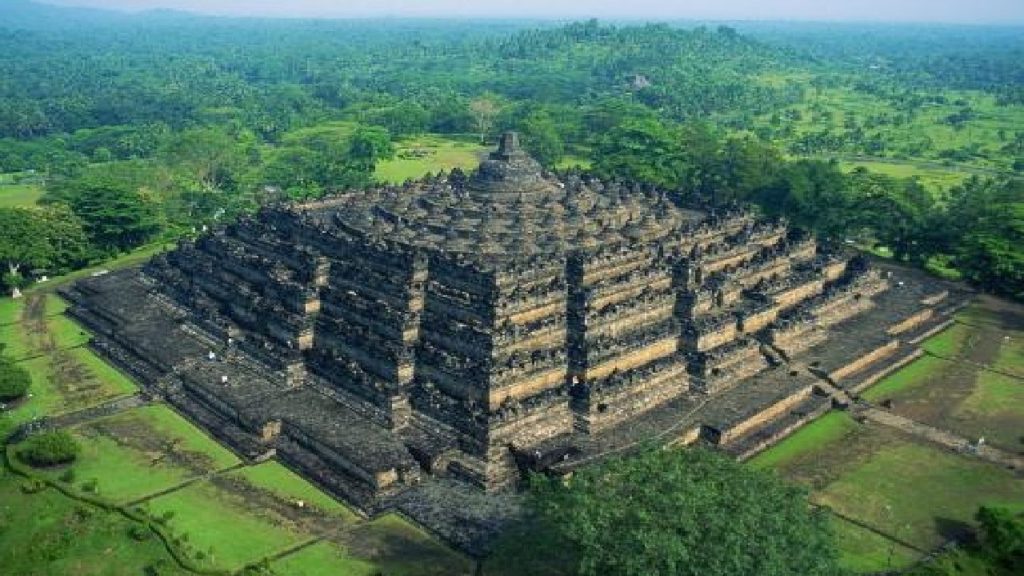



Comment here